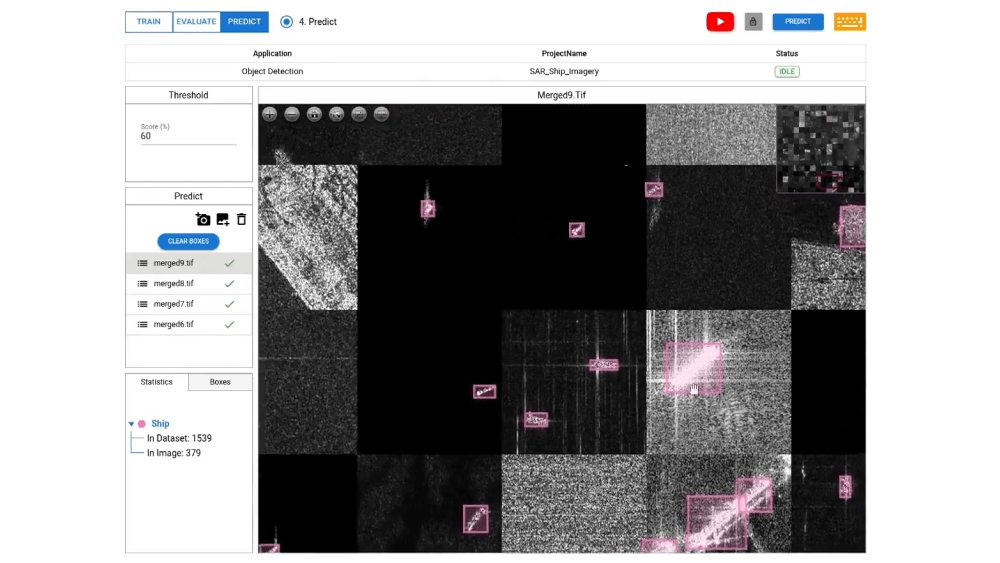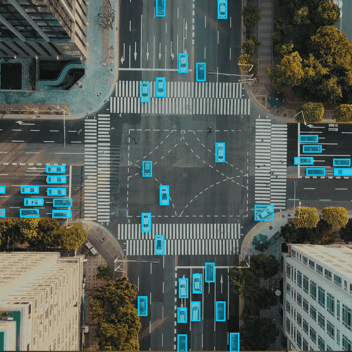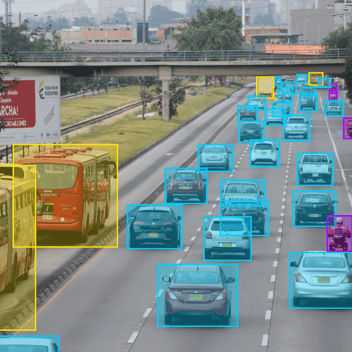How to train AI models to analyze SAR imagery.
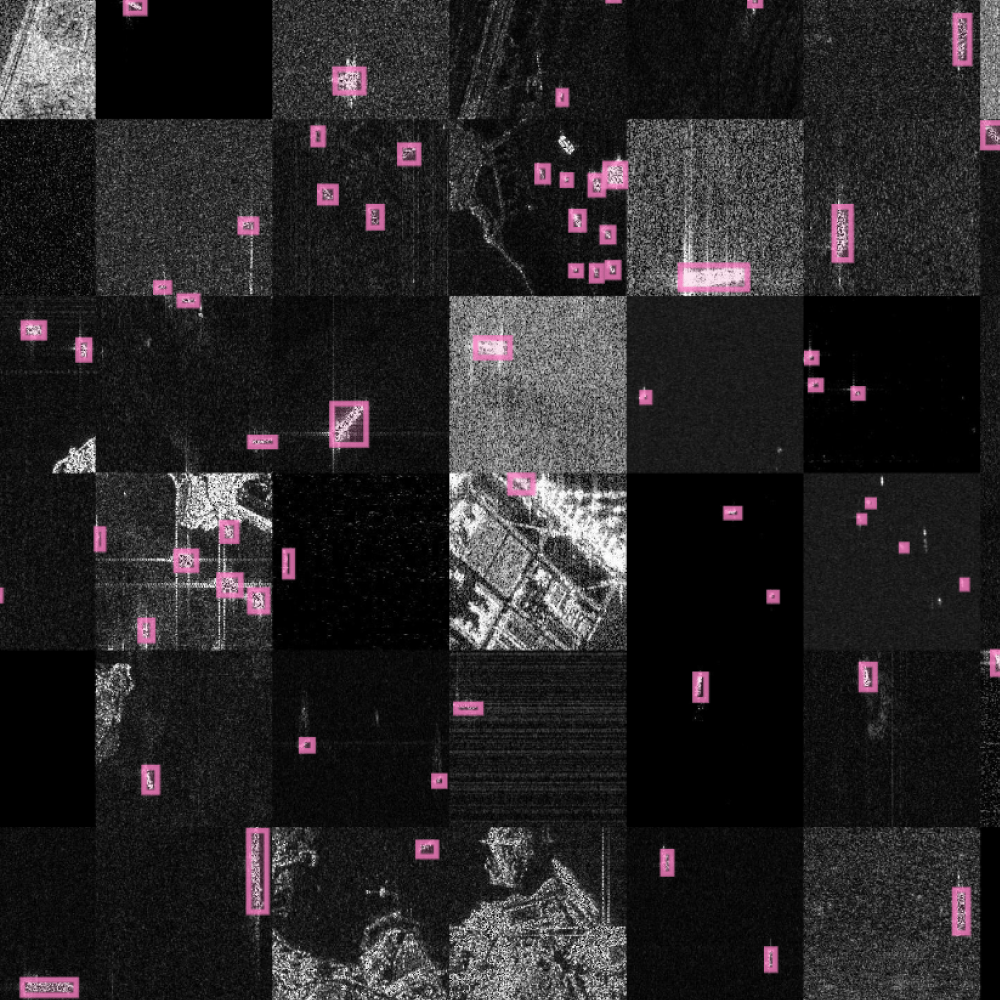
In the realm of remote sensing and computer vision, Synthetic Aperture Radar (SAR) imagery has emerged as a transformative technology, offering valuable insights into various domains, from agriculture and environmental monitoring to disaster management and defense applications. Among the many applications of SAR imagery, object detection stands out as a powerful tool for automating critical tasks and extracting actionable information. However, training accurate and efficient computer vision models for object detection in SAR imagery presents unique challenges due to SAR's distinctive characteristics, such as speckle noise and complex texture.
Getting Started
In this comprehensive guide, we will delve into the world of SAR imagery and object detection, exploring the limitations of traditional computer vision techniques and how Deep Block's innovative Geospatial MLOps platform addresses these challenges. We will walk through the entire workflow, from data preparation and annotation to model training, evaluation, and deployment, enabling you to master the art of object detection in SAR imagery.
Understanding SAR Imagery: Synthetic Aperture Radar (SAR) is a remote sensing technology that utilizes microwave signals to capture data from the Earth's surface. Unlike traditional optical imagery, SAR can operate in all weather conditions and at any time of day, making it an invaluable tool for monitoring our planet. SAR sensors emit radar pulses, which bounce off the Earth's surface and return as echoes. These echoes are then processed to create high-resolution SAR images. The unique properties of SAR data, including speckle noise, complex texture, and low contrast, necessitate specialized techniques for image analysis. Learn more about SAR imagery and its benefits and challenges.
The Power of Object Detection: Object detection is a computer vision technique that seeks to identify and localize objects of interest within an image. By applying object detection to SAR imagery, we can automatically detect and locate key elements such as buildings, vehicles, or natural features. Object detection has numerous applications across industries, from monitoring infrastructure and tracking land-use changes to aiding in disaster response and environmental conservation. Learn more about Object Detection and how to use it.
Challenges in SAR Object Detection: Training object detection models for SAR imagery comes with inherent challenges. SAR data preprocessing requires careful consideration due to its unique characteristics, such as speckle noise and multiplicative noise. These artifacts can negatively impact the model's performance if not appropriately handled. Additionally, annotating SAR data to create ground truth information for training requires expertise and attention to detail.
Training your models with Deep Block's Geospatial MLOps Platform.
Deep Block's Geospatial MLOps platform is a comprehensive solution that simplifies the entire process of training object detection models for SAR imagery. The platform integrates model selection, annotation, fine-tuning, and optimization, making it accessible to both experts and non-experts in machine learning.
Deep Block benefits: Deep Block is tailored to process and display ultra-high scale remote sensing imagery and to offer a smooth AI training experience to its users. Among many benefits, Deep Block proposes:
- 15GB file support (GEOTIFF but also png, apng, jpg, svg, tiff, bmp, gif, ico and jp2)
- No-code interface - anybody can use Deep Block, you only need a keyboard and a mouse.
- 120,000 x 120,000 pixel max. image resolution support.
- High data processing rate: 15GB/sec for object recognition.
- High accuracy object detection algorithm: 0.9 mAP on average, 0.9 Recall
Labeling Your SAR Dataset - Principles and Best Practices: A crucial step in training an object detection model is preparing the SAR dataset and accurately annotating objects of interest. Deep Block's platform provides intuitive tools for importing SAR imagery and efficiently annotating objects with bounding boxes and class labels. Careful labeling ensures the model learns from accurate ground truth information, significantly enhancing its performance.
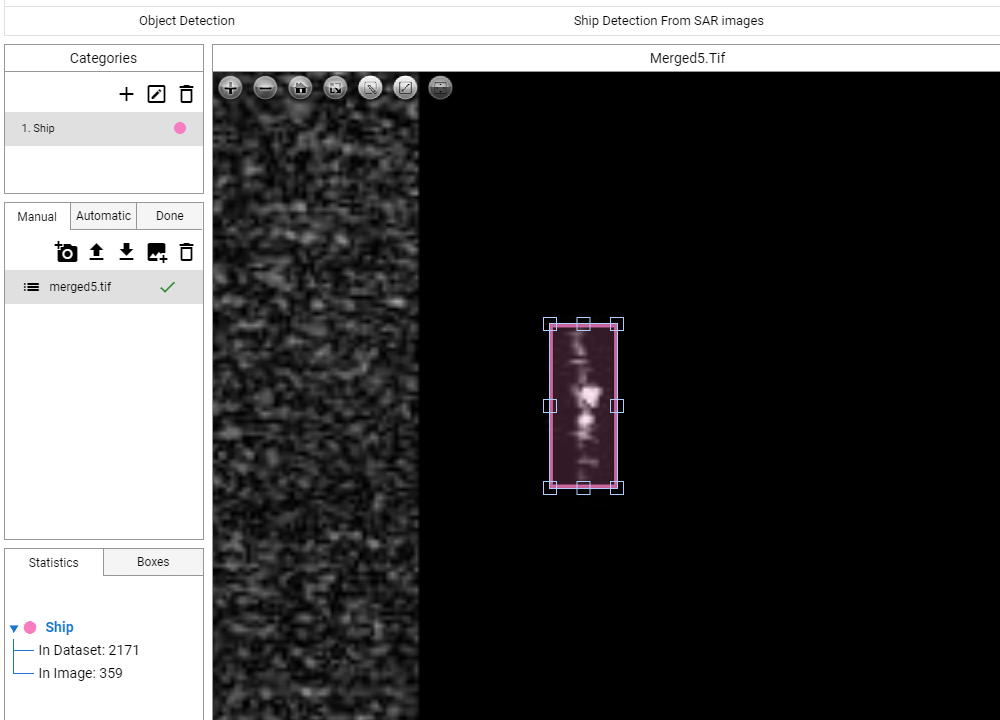
Training Your Model at the Push of a Button: The training stage is the heart of the AI modeling pipeline. Deep Block's platform streamlines this process, dividing it into two modules: preprocess and run. During preprocessing, data preparation and annotation are performed meticulously. Subsequently, the run module pushes the data through multiple training cycles, allowing the model to learn patterns in the data and optimize its parameters.
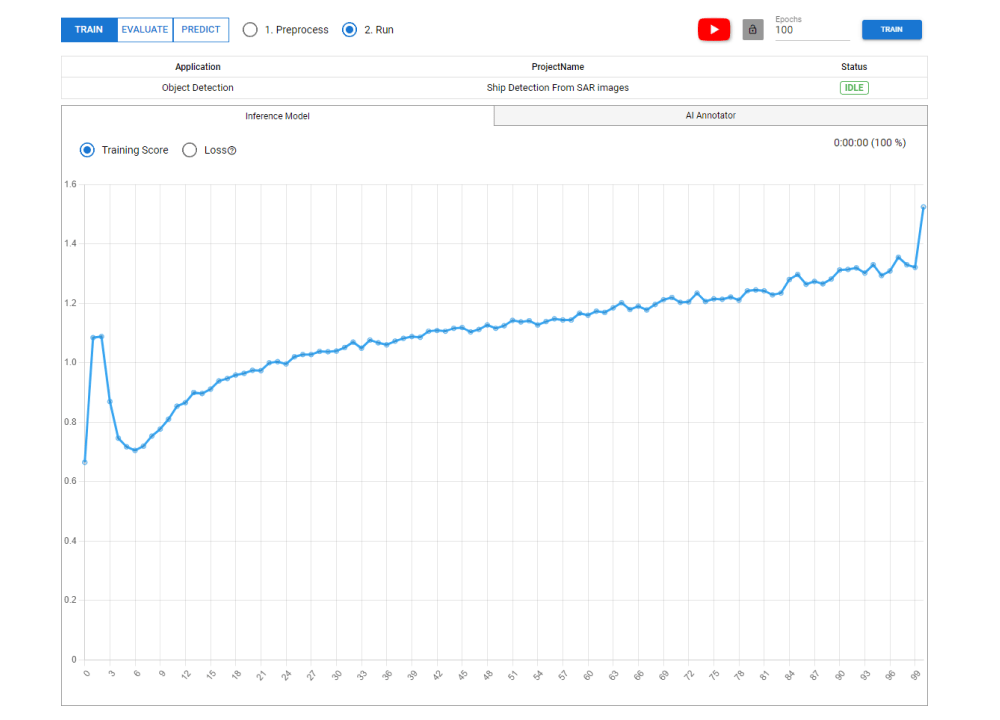
Evaluating Your Model: Once the model is trained, it is essential to evaluate its performance on unseen data. Deep Block's platform provides valuable performance scores, including mAP (mean Average Precision), recall, and F1 score. These metrics help assess the model's accuracy and generalization capabilities, guiding the fine-tuning process for improved performance.
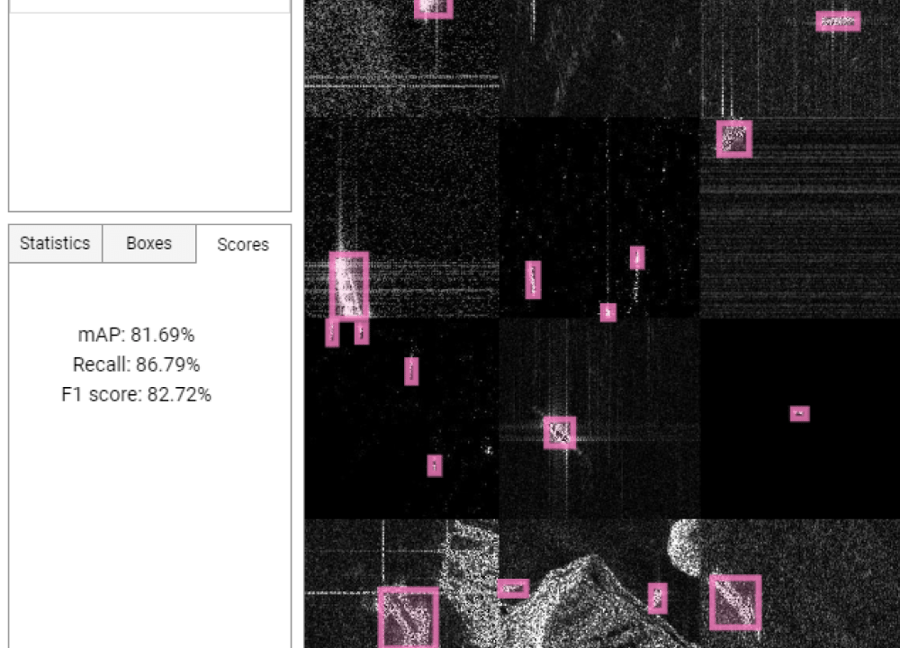
Testing Your Model - What to Look For?: Before deploying the trained model, it is crucial to test its predictions on new, unseen SAR imagery. Deep Block's platform offers the predict module, enabling users to upload SAR images and assess the model's performance in detecting objects of interest. Selecting the appropriate threshold values plays a vital role in obtaining accurate predictions and avoiding false positives or negatives.
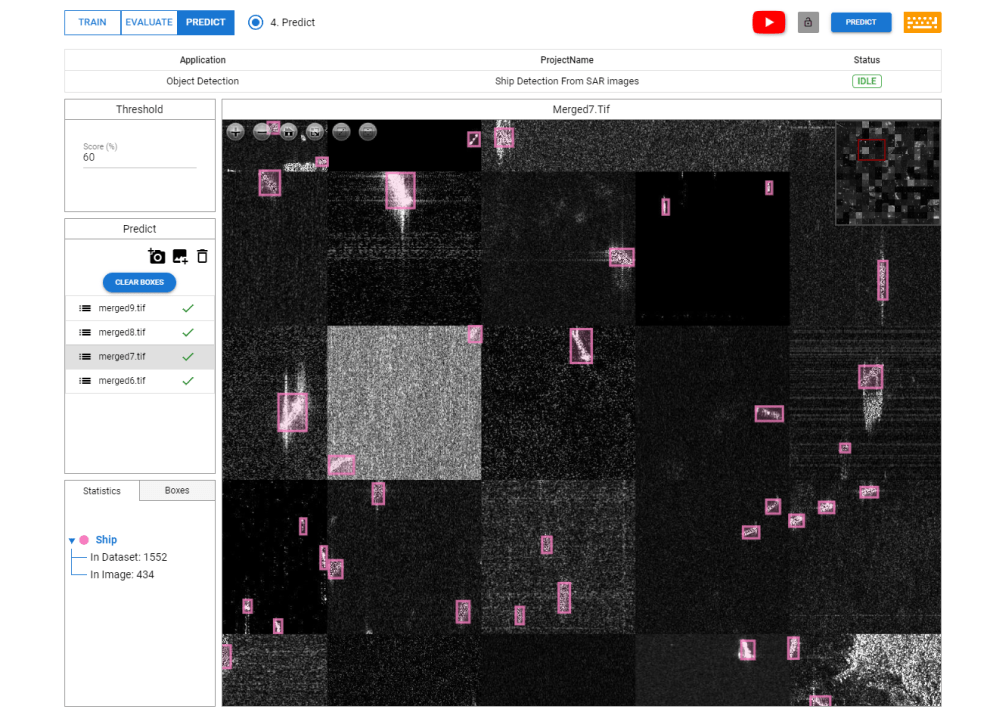
Object detection in SAR imagery is a game-changing technology, revolutionizing remote sensing and computer vision applications across various industries. Deep Block's Geospatial MLOps platform offers a comprehensive and user-friendly solution, empowering users to train, evaluate, and deploy accurate and efficient object detection models tailored to SAR-specific challenges.
By mastering the art of object detection in SAR imagery and leveraging the capabilities of Deep Block's platform, businesses and organizations can unlock the full potential of SAR remote sensing, paving the way for more informed decision-making, enhanced disaster management, and sustainable environmental conservation. As SAR technology continues to evolve, the integration of object detection will play an increasingly vital role in our data-driven world, shaping the future of remote sensing and computer vision applications.



